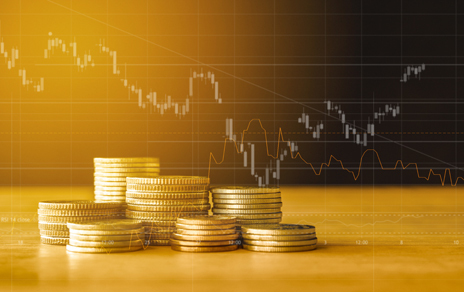
Gold prices holding above $2,000 as U.S. flash PMI provides muddled economic outlook
Gold prices are holding near session highs above $2,000 an ounce as preliminary indicators point to a further contraction within the manufacturing sector and neutral activity in the service sector.
Friday, the S&P Global Flash U.S. manufacturing PMI data fell to 49.4, down from October's revised reading of 50.0. According to consensus estimates, economists were looking for a relatively unchanged reading of 49.9.
Activity within the manufacturing sector has dropped to a three-month low, the report said.
Meanwhile, the service sector PMI remains in expansion territory, rising to 50.8 from October's reading of 50.6. The data beat expectations, as consensus forecasts called for a roughly unchanged reading of 50.4.
The report said that activity within the service sector has risen to a four-month high.
Readings above 50 in such diffusion indexes are seen as a sign of economic growth. The farther an indicator is above or below 50, the greater or smaller the rate of change.
The gold market was seeing some renewed buying momentum ahead of the report, and the mixed data continues to provide some support. December gold futures last traded at $2,001.10 an ounce, up 0.42% on the day.
While U.S. economic activity remains in neutral territory, Siân Jones, principal economist at S&P Global Market Intelligence, said that conditions are moving closer to Federal Reserve expectations as the labor market and inflation show signs of cooling.
"Businesses cut employment for the first time in almost three-and-a-half years in response to concerns about the outlook. Job shedding has spread beyond the manufacturing sector, as services firms signaled a renewed drop in staff in November as cost savings were sought," Jones said in the report.
At the same time, the economist noted that inflation pressures are also starting to ease.
"Input price inflation softened again, with cost burdens rising at the slowest rate in over three years. The impact of hikes in oil prices appears to be dissipating in the manufacturing sector, where the rate of cost inflation slowed notably. Although ticking up slightly, selling price inflation remained subdued relative to the average over the last three years and was consistent with a rate of increase close to the Fed's 2% target," Jones said.
By
Neils Christensen
For Kitco News
Tim Moseley
